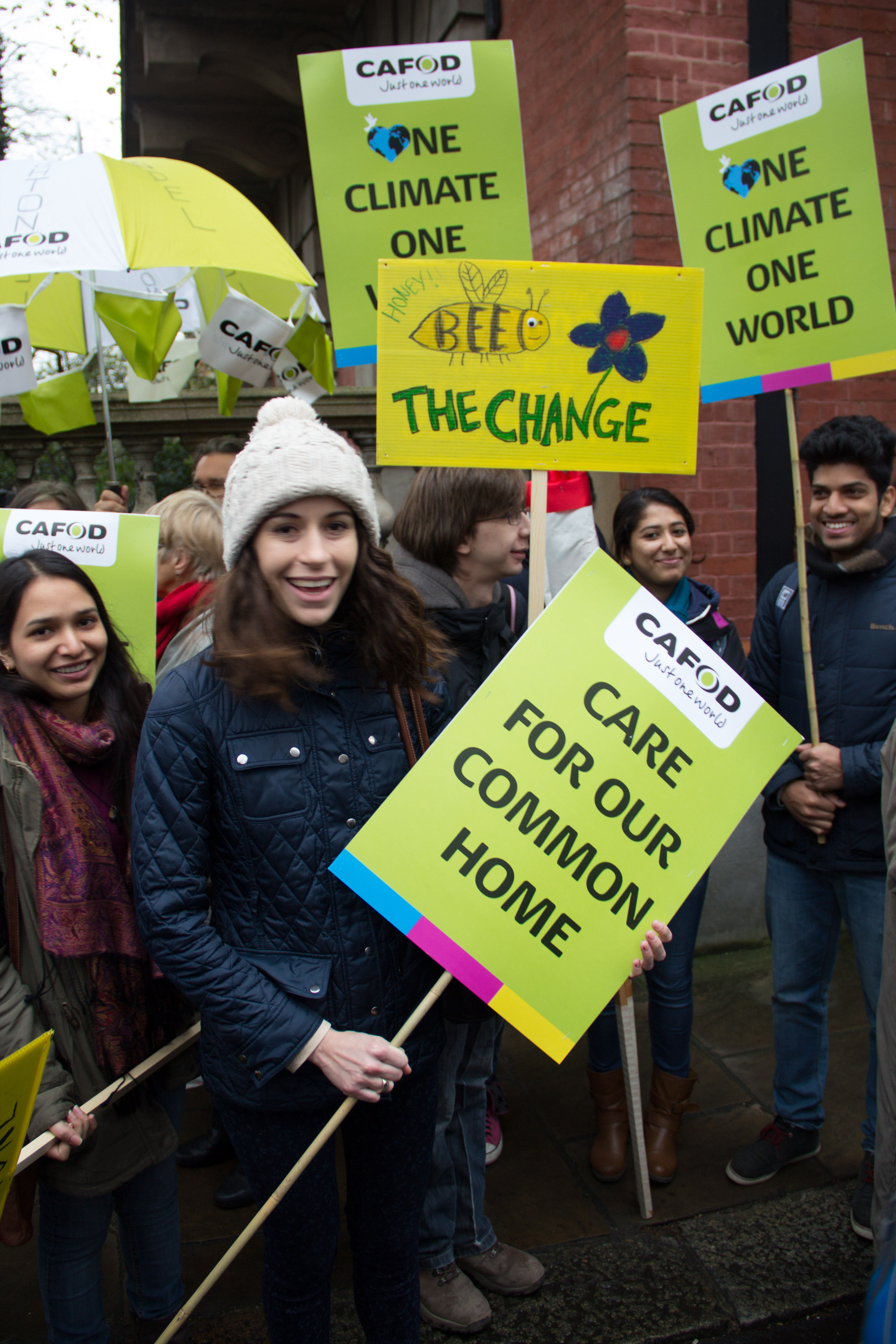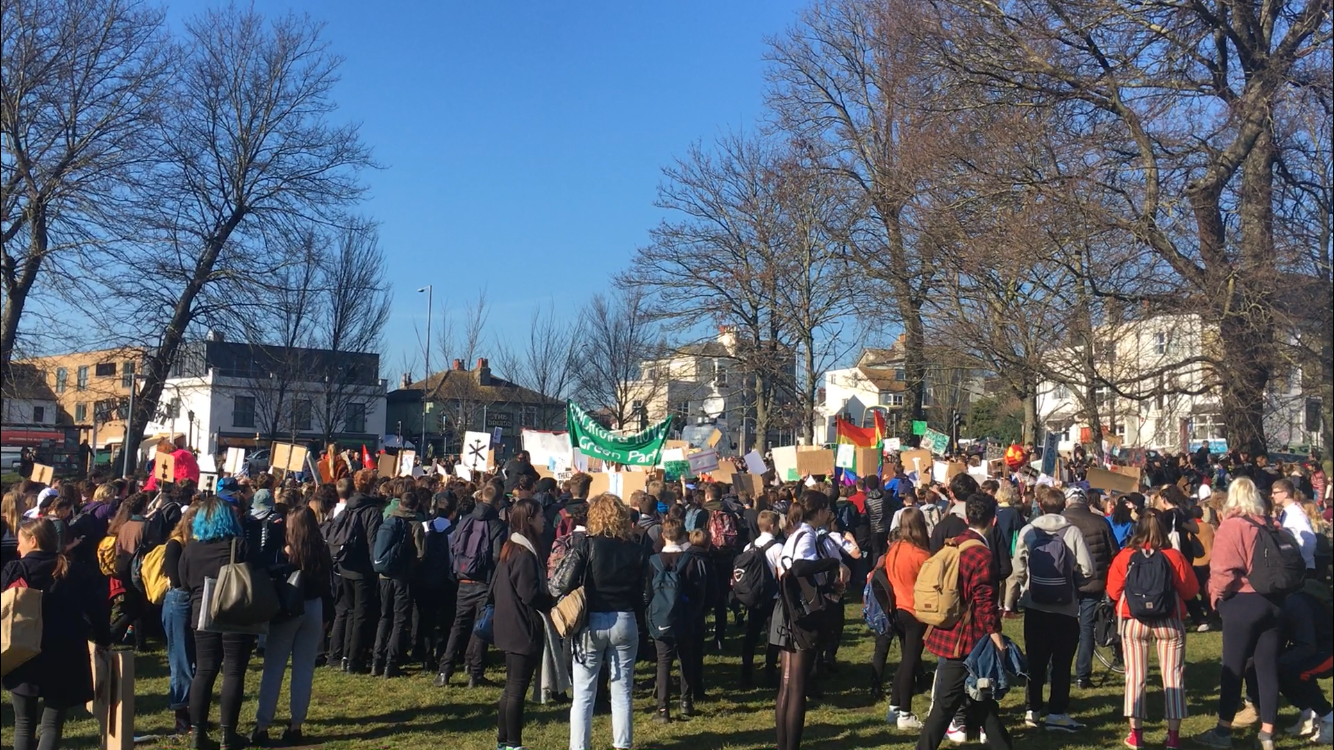
Dr Charles Limb, a respected hearing specialist and surgeon, has recently conducted a series of controversial and innovative experiments at the John Hopkins University in Baltimore. The studies explore what neuropsychological processes motivate creativity in Jazz musicians and rappers, particularly what underlies spontaneous improvisation. As a lifelong saxophonist, and a self-confessed classical and jazz-lover, the doctor pursued a personal interest in how the brain creates music impulsively; he wanted to understand what went on in Coltrane’s head when he performed improv.
In his first study, Jazz musicians were placed in a functional magnetic resonance imaging (fMRI) scanner, a machine that uses powerful magnets to take pictures of the brain in real time. This relatively modern technique, which is not without its disadvantages, measures deoxyhaemoglobin levels of blood in the brain, indicative of energy-use and, therefore, brain activity. To fulfil the experiment needs, Limb spent two years designing a 35-key plastic keyboard to fit safely on participants’ laps while lying down in the scanner: a revolutionary approach, allowing the neural substrates of musical creativity to be realistically and directly explored for the first time. He also acquired fMRI-safe headphones, so participants could hear the music they played over the noisy machine.
The musicians memorised a piece of Jazz music (twelve-bar blues in C-minor), written by Limb himself, and played it while inside the fMRI scanner. They then produced improvised pieces of music, based on the same scales as the memorised melody to limit extraneous factors that could influence the results. Limb discovered that the musicians activated different parts of the brain when they improvised than when they played memorised tunes. A region known as the lateral prefrontal cortex, an area at the sides of the frontal region of the brain, showed reduced activity during spontaneous music production. This area is related to planned actions and self-inhibition: for example, helping to censor what you say in particular situations. In addition, increased activity was observed in the medial prefrontal cortex in the centre of the frontal region: an area linked to self-expression and individuality. Limb speculates that as a musician tells their own musical story, they shut down any other impulses that could inhibit the flow of new music.
In a second research paper, the doctor examined the brain activity of Jazz musicians, while simultaneously jamming with them. Incredibly, the data showed that language areas of the brain were active, implying that Jazz music really is a language of its own; Limb was literally having an expressive musical conversation with his participants.
In order to further investigate musical improvisation and language, Limb decided his next step could only be to explore freestyle Hip Hop. He was fascinated by this iconoclastic street music, which is especially prevalent on the streets of Baltimore. Limb believes that this contemporary genre represents the same social function that Jazz did in its early days: as a means for young self-expression, which deviates from musical traditions. The two art forms do indeed have many parallels, such as a rhythmic emphasis, extreme improvisation and a lack of formal training.

To gain access to participants, Limb slowly infiltrated the Baltimore Hip Hop scene, and recruited twelve talented artists, forming the first neuroscientific research on Hip Hop ever. Similarly to his previous experiment, the artists had to repeat a memorised rap written by Limb (an example line: “All these words keep pouring out like rain, I need a mad scientist to check my brain”) in an fMRI scanner, and then freestyle with a few words selected from the memorised piece. Amusingly, Limb said in an interview with ted.com, “I’ve been having a ton of fun … When we were making our beats and our stimuli, trying to design the study, there’s no way to do this without trying to rap yourself. It really transforms the lab!”
The exciting study has yet to be published, but preliminary results do show that, during improvisation of raps, language areas of the brain are active. However, Limb also found that motor regions and visual areas were highly active, even though participants had their eyes closed and lay still in the scanner while rapping. This is unlike what was seen in Jazz musicians. The differences in activity seem to depend on the type of music being created, or whether it is done alone or in a group. Together the results imply that heightened whole-brain activity is necessary for musical creativity. Musical improvisation could therefore be described as an idiosyncratic state of consciousness: a state that is as different to memorised instances of music as sleeping is to waking. In fact, Limb’s co-worker, Allen Braun, did find a similar pattern of disinhibition in dreaming individuals as the Jazz musicians.
The current literature is lacking in rigorous scientific research into creativity, even though it is such a quintessentially human trait. In an interview with Baltimore’s Urbanite magazine, Limb stated that his work “doesn’t strip music of its beauty or its meaning. It provides a layer of explanation about how these things could occur.” The doctor believes that science needs to catch up with art through the development of novel ways to investigate creativity, because it is integral to humans: for example, we constantly improvise during conversations, problem solving and learning. However, he does believe that this will happen in the next 10 to 20 years. In the future Limb hopes to collaborate with the John Hopkins School of Education to improve teaching, and examine other types of spontaneous improvisation, including: visual art, poetry, differences in amateur as compared to expert musicians, and the discrepancy between children and adults. He also wants to work with famous rappers, such as Eminem.



